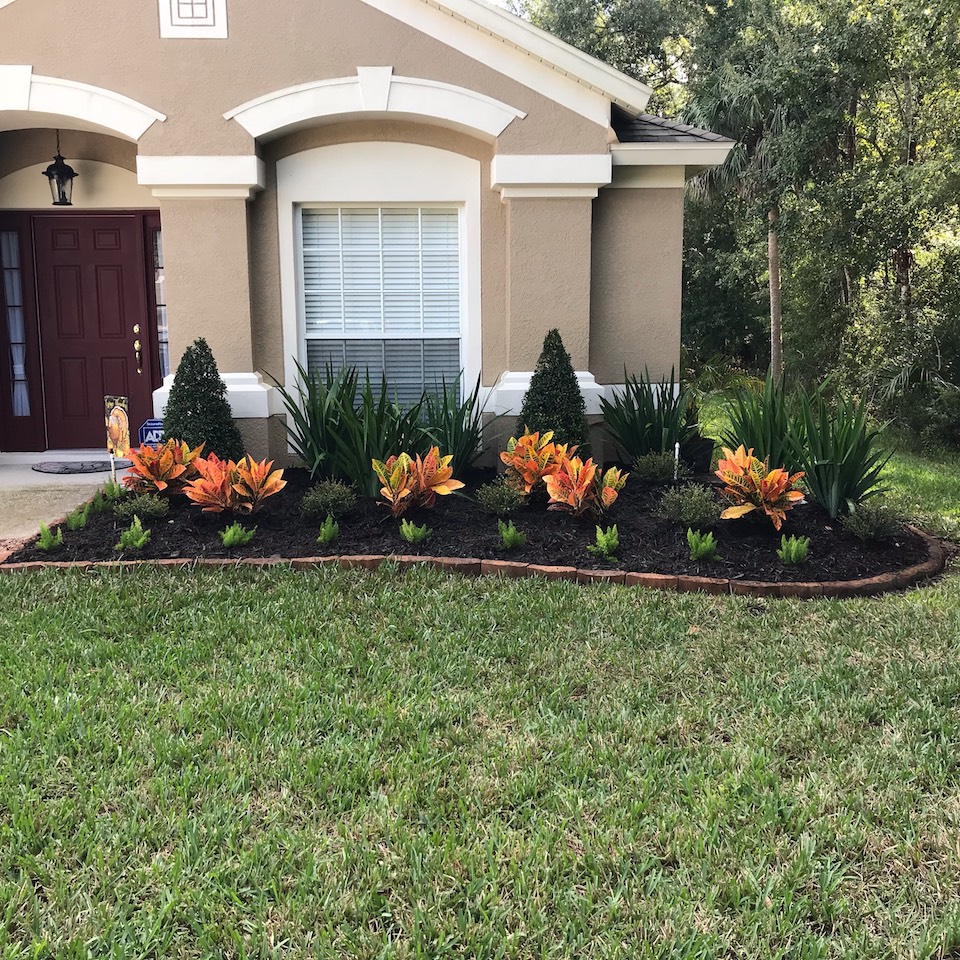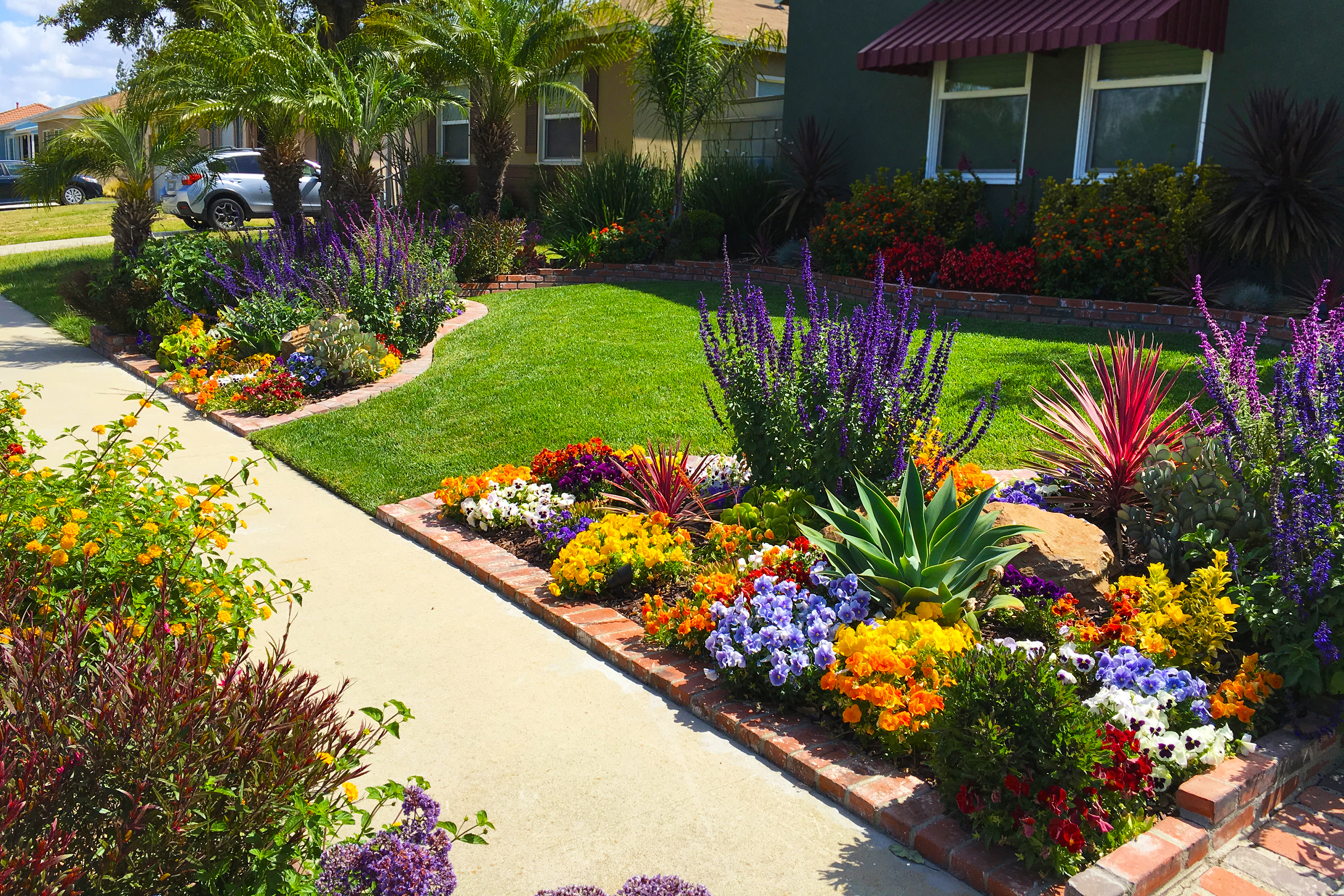A Comprehensive Guide to Designing and Implementing Effective Landscape Design Solutions
The art and science of landscaping prolong past simple aesthetics; they include a thoughtful assimilation of design principles, environmental stewardship, and sensible application. What strategies can one utilize to ensure these landscapes not just thrive yet likewise grow in harmony with their environments?

Understanding Landscape Style Principles
One could wonder what fundamental aspects add to efficient landscape style. At its core, successful landscape design rests on a number of essential principles that assist the plan and selection of components within a room. These principles include unity, percentage, rhythm, and equilibrium, each serving to create an unified exterior setting.
Unity describes the cohesive relationship amongst various parts, making certain that they collaborate cosmetically and functionally. Balance can be achieved through asymmetrical or in proportion setups, allowing the landscape to really feel secure and inviting. Percentage involves recognizing the range of aspects in connection with each various other and the surrounding setting, promoting visual harmony and convenience.

Assessing Your Outdoor Space
Prior to executing the concepts of landscape style, a complete assessment of your outside area is essential. This preliminary examination assists define the extent of your landscaping task and ensures that your style straightens with the one-of-a-kind qualities of your property. Begin by analyzing the measurements of your area, taking precise dimensions to comprehend the offered location for numerous elements such as patios, pathways, and yards.
Following, observe the existing features of your landscape, consisting of topography, dirt quality, and drain patterns. These elements substantially influence plant selection and placement. Furthermore, analyze the sunshine exposure throughout various areas throughout the day, as this will impact the sorts of plants that prosper in your yard.
Take into consideration the microclimates developed by frameworks, trees, and various other challenges, as they can affect temperature level and wetness levels. Finally, bear in mind of any type of existing plants or hardscape elements that you wish to maintain or remove. This comprehensive analysis lays the foundation for a efficient and well-informed landscape design service, making sure that your style is not just visually pleasing however also useful and sustainable for years ahead.
Sustainable Landscape Design Methods
These methods not only advertise ecological equilibrium but likewise boost the useful and aesthetic worth of a landscape. Carrying out efficient irrigation systems, such as drip watering, lessens water waste and ensures that plants receive sufficient wetness (Palm Desert Landscaping).

Another efficient strategy is the strategic placement of shrubs and trees to provide natural windbreaks and color, therefore lowering power expenses (Palm Desert Landscaping). Rain yards can be integrated right into the landscape style to manage stormwater runoff effectively, filtering pollutants before they enter waterways
Picking the Right Plants
Picking the right plants for your landscape is essential to accomplishing both aesthetic charm and eco-friendly consistency. The procedure begins with an site web understanding of your neighborhood climate, soil problems, and the particular microenvironments within your landscape. Analyzing aspects such as sunshine direct exposure, wetness degrees, and existing vegetations will certainly assist you select plants that prosper in your special setup.
Consider incorporating indigenous plants, as they are well-adapted to neighborhood problems, call for much less upkeep, and support regional wildlife. Additionally, selecting a diverse selection of types can boost biodiversity while reducing the danger of illness and insect outbreaks. It is important to assess the growth behaviors, growing durations, and seasonal colors of possible plants to create a cohesive and dynamic landscape.
Moreover, consider the intended use the area; for example, if the location will certainly experience high foot website traffic, opt for durable ground covers. By attentively choosing plants that straighten with both your ecological needs and visual objectives, you can create a lasting landscape that not only enhances your home yet also adds favorably to the bordering environment.

Implementation and Upkeep Methods
Once the appropriate plants have actually been chosen for your landscape, the emphasis shifts to effective implementation and recurring upkeep techniques. Effective installation begins with proper website preparation, that includes soil screening to identify nutrient degrees and pH, complied with by amending the dirt as required. Very carefully arrange plants according to their growth routines and light requirements, making sure adequate spacing to advertise healthy and balanced growth.
Irrigation is a vital element of application. Establish a watering schedule that considers the certain demands of each plant species, adjusting for seasonal changes. Utilizing drip watering systems can improve water efficiency and decrease overflow.
Upkeep methods have to more helpful hints be applied to make sure the longevity and vigor of your landscape. Regular tasks include weeding, mulching, and pruning to regulate development and avoid condition. Fertilization needs to be performed based upon soil tests, providing the needed nutrients without over-fertilizing.
Monitoring for parasites and conditions is vital; early detection can protect against substantial damages. Lastly, seasonal changes to maintenance regimens, such as winterizing perennials and preparing for springtime growth, will make sure that your landscape stays healthy and balanced and aesthetically appealing year-round.
Final Thought
Successful execution and continuous maintenance better make sure the longevity and vitality of landscapes. By integrating these elements, landscapes can be transformed into lovely, useful environments that promote biodiversity and contribute positively to community well-being.
One might question what foundational aspects contribute to efficient landscape style. At its core, my website successful landscape design hinges on several vital concepts that lead the setup and choice of aspects within an area.Selecting the right plants for your landscape is critical to accomplishing both aesthetic allure and eco-friendly consistency. It is vital to review the growth routines, growing periods, and seasonal colors of possible plants to create a vibrant and cohesive landscape.
Once the ideal plants have been chosen for your landscape, the focus shifts to effective execution and continuous maintenance approaches.